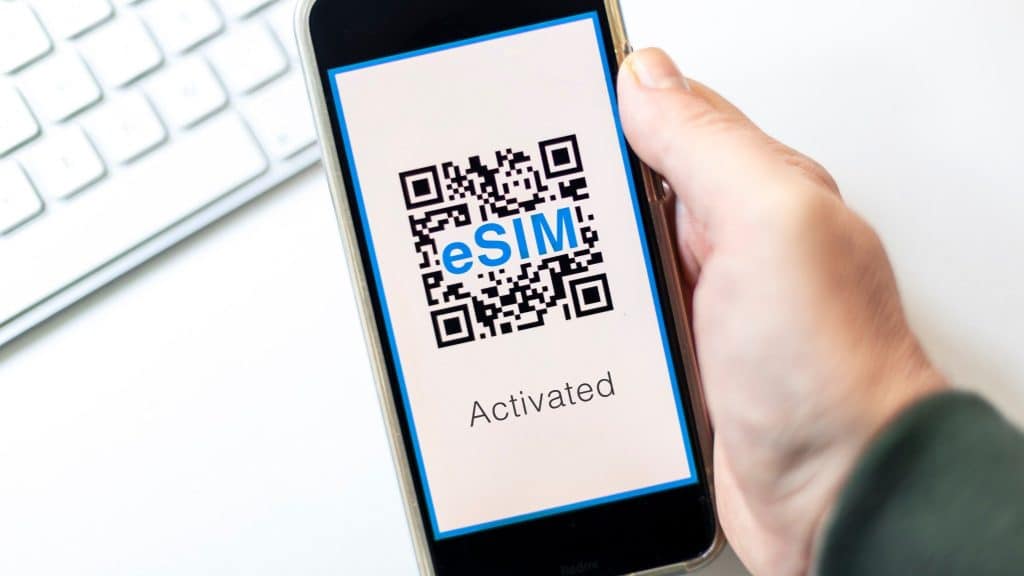Staying connected is no longer a luxury for travelers; it’s survival. Whether you’re navigating train routes in Europe, booking last-minute hostels in Asia, or running a remote job from a café in Mexico, the first question is always the same: how to get an esim that works without the stress. This simple piece of tech has changed how nomads explore, letting you skip overpriced roaming and confusing SIM stalls.
By learning how to get an esim before your trip or even on arrival, you save time, money, and a lot of frustration. Let’s break it down: which SIMs and eSIMs are worth it in 2025, and exactly how to get an esim that suits your travel style.
Why eSIMs Beat Physical SIMs
If you’ve ever juggled tiny SIM cards in a hostel bunk bed, you know the struggle. Physical SIMs mean hunting down shops, showing your passport, waiting for activation, and swapping fragile chips.
eSIMs skip all of that. They’re digital profiles you download directly onto your phone. The process of how to get an esim is usually as simple as scanning a QR code or tapping a download link.
The perks are obvious for nomads:
- No fumbling with SIM trays.
- Dual-SIM capability lets you keep your home number while adding local data.
- Purchase and install from anywhere — even in the back of a taxi with Wi-Fi.
If you want to stretch your budget further, pair an eSIM plan with the advice in the On a Budget section, where nomads share tricks for saving money abroad.

How to Get an eSIM Before You Travel
Knowing how to get an esim before your trip is a lifesaver. Here’s the quick method:
- Check device compatibility: Most iPhones since the XR, newer Samsung Galaxy models, and many Pixels support eSIMs.
- Pick a provider: Airalo, Holafly, Nomad, and Ubigi are the most popular choices among travelers.
- Buy a plan online: Choose global, regional, or country-specific data packs.
- Activate with a QR code: Open your phone settings → Mobile Data → Add eSIM → Scan.
- Confirm connection: Test with a quick Google search or message before leaving home.
That’s really all it takes to master how to get an esim before takeoff.
How to Get an eSIM While Abroad
Sometimes you forget, or plans change. Luckily, learning how to buy an eSIM on the go is just as straightforward:
- At the airport: Some kiosks now sell QR codes for eSIMs alongside physical SIMs.
- Using hotel Wi-Fi: You can still buy and download an eSIM plan online the moment you land.
- Through apps: Airalo and Holafly apps allow purchases in minutes — no store needed.
Nomads in Chiang Mai, Tbilisi, and Lisbon often report downloading a plan right in their taxi from the airport. It’s one of the simplest travel hacks in 2025. For more little shortcuts like these, check out the Travel Hacks collection — it’s packed with real tips from seasoned travelers.
Managing Costs as a Nomad
One big reason nomads ask about guide to getting an eSIM is cost. Roaming fees from your home carrier can drain your budget fast. eSIMs slash those costs if you know how to shop.
Tips:
- Always compare global plans to regional ones. For example, an Asia-wide plan often costs less than stacking single-country SIMs.
- Some providers like Holafly offer “unlimited” plans — but read the fine print on speed caps.
- Set usage alerts in your phone’s settings.
If budget control is your priority, combine eSIM savings with the strategies in Digital Nomad, where full-time travelers share how they balance work, play, and expenses while moving country to country.
Best eSIM Providers in 2025
The question isn’t just how to get an esim, but which one works best. Here are the frontrunners nomads rave about:
- Airalo: Known for affordability and wide coverage. Plans for 200+ countries. Great if you’re budget-conscious.
- Holafly: Unlimited data options in many destinations. Strong for heavy streamers or remote workers.
- Nomad eSIM: Flexible packs and an easy-to-use app, great for hopping around Asia and Europe.
- Ubigi: Reliable global coverage with prepaid and pay-as-you-go options.
Each of these providers explains exactly how to get an esim in their apps, making setup almost foolproof.

eSIM vs Local SIM: When Physical Still Wins
Sometimes the best choice isn’t how to get an esim, but grabbing a local SIM card:
- In countries with ultra-cheap local data (like India or Vietnam), physical SIMs can be cheaper.
- Long-term stays (3+ months) may require local registration, which eSIMs don’t always cover.
- Some banks or apps require a local number tied to your ID.
Still, most short-term nomads stick with eSIMs because they’re so easy. It’s worth knowing both sides before deciding.
Security and eSIMs
If you’re figuring out steps to get an eSIM, security matters too:
- Only download from official providers or their apps.
- Avoid installing new eSIMs on public Wi-Fi networks.
- Back up your QR codes in a secure cloud folder.
Nomads traveling to adventurous locations often share stories in Epic Destinations. Many of those posts highlight the importance of safe, reliable connectivity while trekking off the beaten path.
Regional eSIM Examples
To illustrate how to get an esim that fits your trip, here are examples:
- Europe: Airalo’s “Eurolink” covers 39 countries with one profile. Perfect for train-hopping nomads.
- Asia: Nomad’s Asia plan includes Thailand, Japan, South Korea, and more.
- North America: Holafly offers unlimited U.S. plans with coverage spilling into Mexico and Canada.
- Worldwide: Ubigi’s global plan covers 190+ countries for frequent flyers.
These packs show the range of options once you know how to get an esim tailored to your route.
Practical Stories: How Nomads Actually Use eSIMs
This section can include short real-world scenarios showing how to get an esim in practice. For example:
- A backpacker in Mexico downloading Holafly on hostel Wi-Fi.
- A remote worker in Portugal switching to Airalo’s Europe pack while crossing borders.
- A digital nomad in Thailand using Nomad eSIM for reliable Zoom calls.
This heading adds fresh narrative content, gives you more keyword placements for steps to get an eSIM, and bridges the provider examples with data-management advice.
Staying Connected Without Overspending
An underrated part of knowing how to buy an eSIM is data management:
- Use Wi-Fi for video calls or downloads.
- Enable low-data modes in apps like Instagram or TikTok.
- Disable background updates.
- Switch off roaming on your home SIM to avoid surprise bills.
By combining smart usage with a good eSIM plan, you’ll stay connected without draining your wallet.
Looking Ahead: eSIM Trends in 2025
Technology is evolving, and how to buy an eSIM is only going to get easier:
- Airlines may soon sell bundled eSIMs with tickets.
- Global “nomad packages” with multi-region coverage are expanding.
- More laptops and tablets are eSIM-ready, not just phones.
As travel and tech keep merging, staying online becomes as routine as packing a passport.

Staying Connected Wherever You Wander
The beauty of travel is freedom, and learning how to get an esim unlocks it. No waiting in line for SIM cards, no hunting for stores after a red-eye flight, no ridiculous roaming bills. Just a quick scan, a tap, and you’re online — ready to book that hostel, message your family, or launch a client call from a hammock.
Nomads thrive on adaptability, and connectivity is part of that. Whether you’re exploring affordable hacks, new destinations, or just figuring out the tech that makes life easier, the right eSIM is your silent partner on the road. Master how to buy an eSIM, and the world feels a lot more open. For deeper inspiration on where this lifestyle takes you, the main Viral Voyage hub is full of nomad stories and destination ideas.



